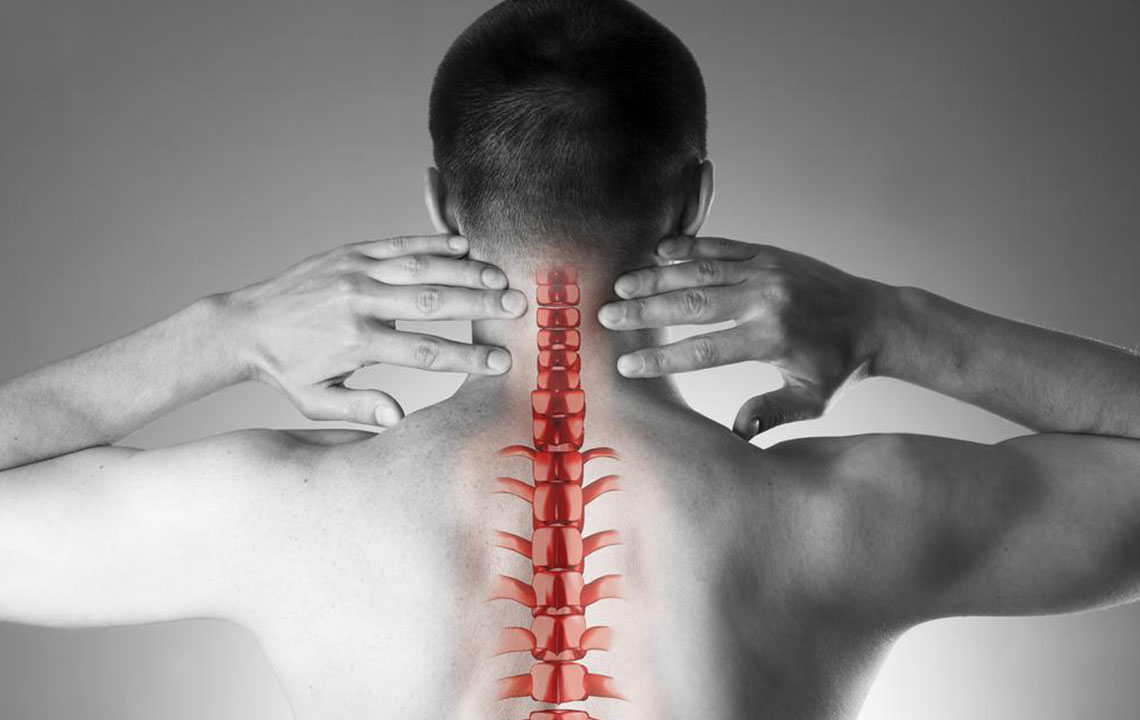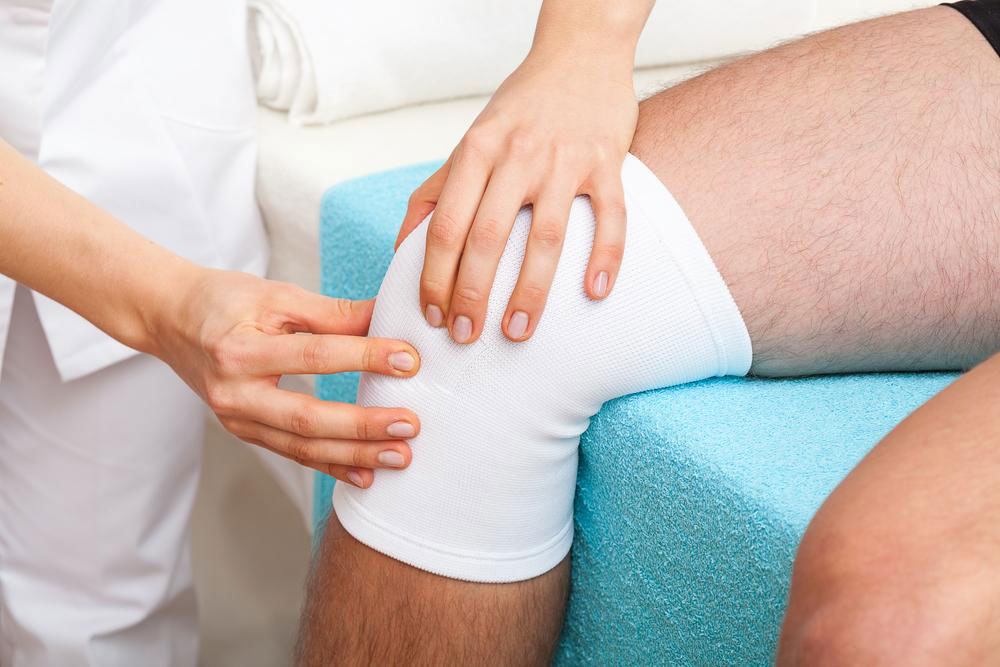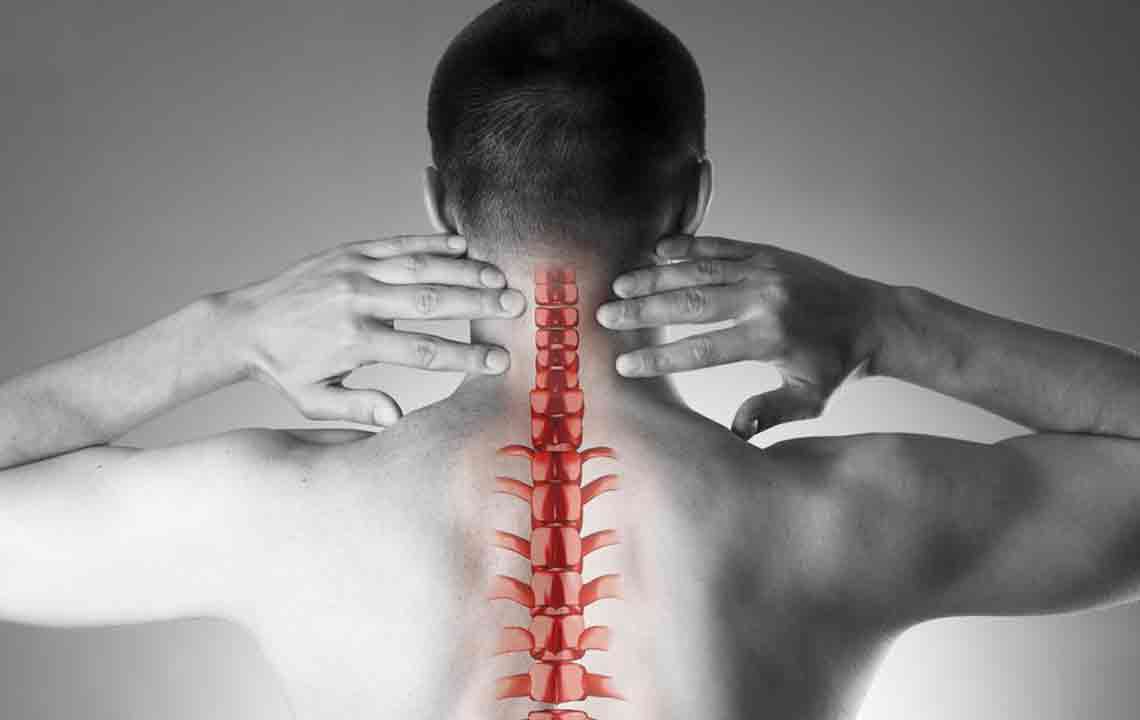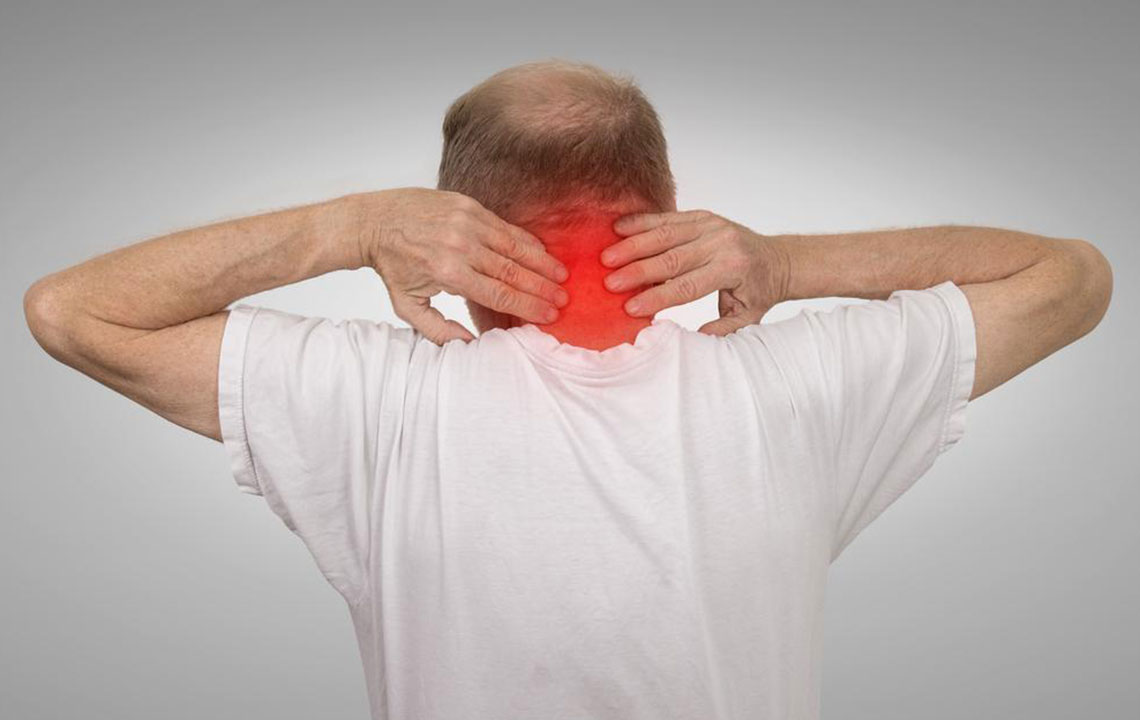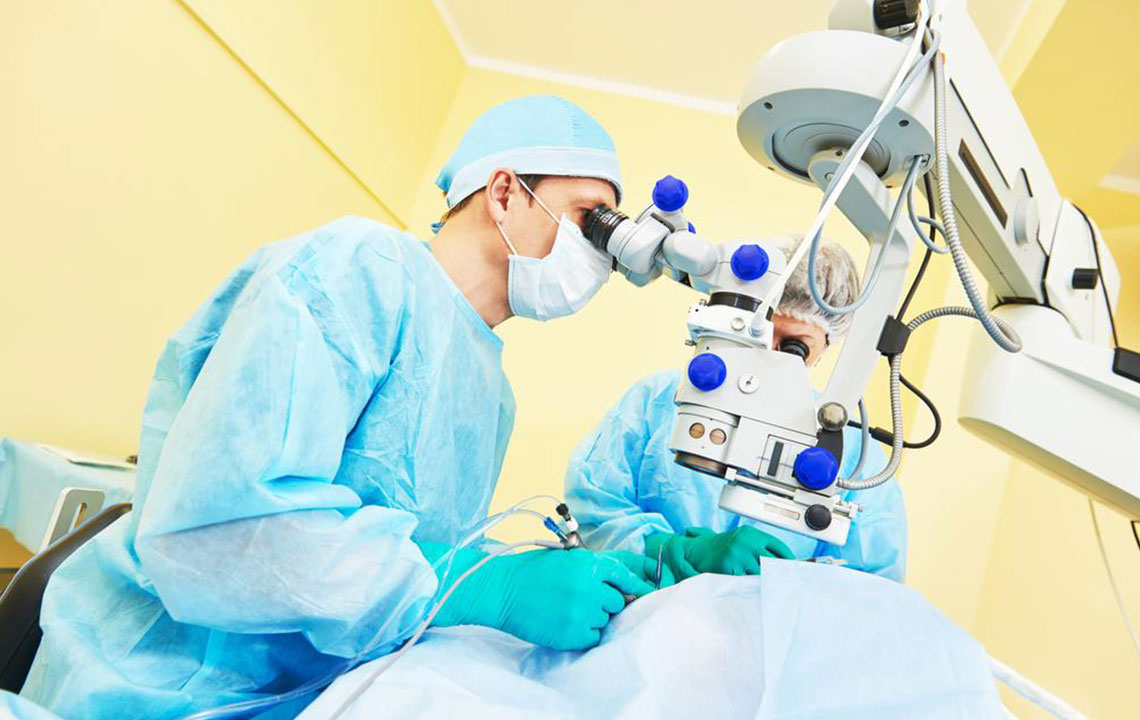In-Depth Overview of Laser Procedures for Treating Spinal Canal Narrowing
This comprehensive article explores the causes, symptoms, and advanced laser treatment options for spinal stenosis. It highlights minimally invasive procedures like laminotomy and laminoplasty, along with natural remedies such as acupuncture and weight management. Ideal for patients over 50, this guide offers valuable insights into effective management of spinal narrowing, emphasizing modern surgical techniques that reduce recovery time and improve outcomes. Whether considering surgery or natural therapies, understanding these options can help patients make informed decisions and regain mobility and comfort.
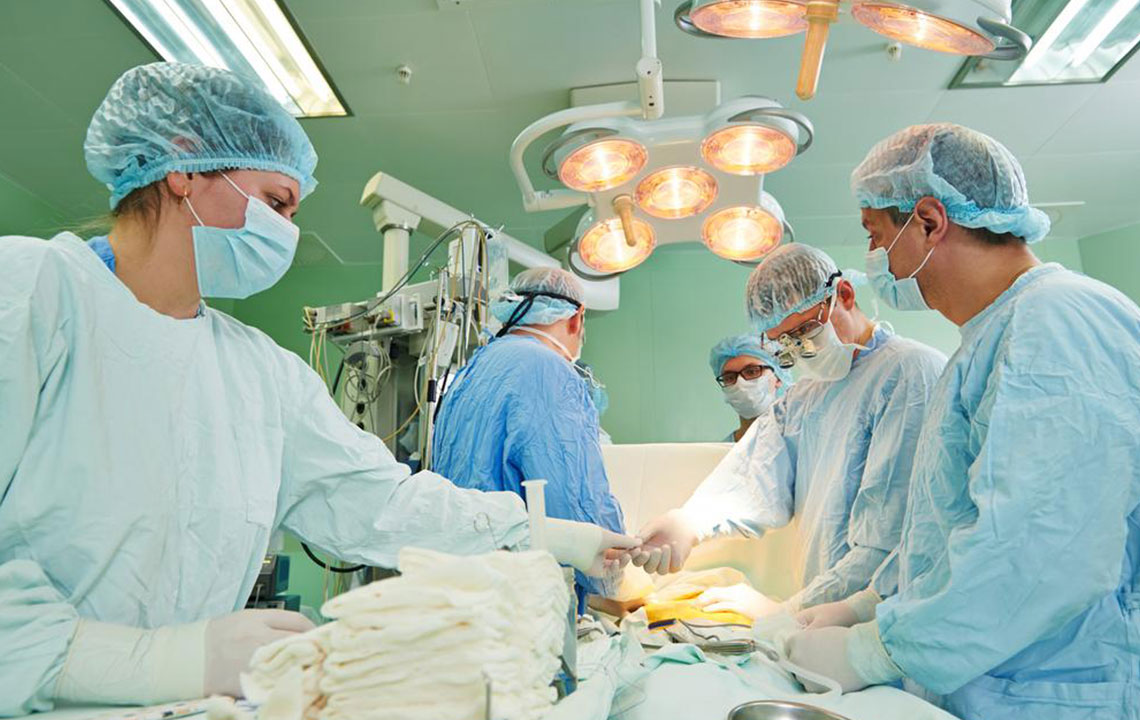
In-Depth Overview of Laser Procedures for Treating Spinal Canal Narrowing
Spinal canal narrowing, medically known as spinal stenosis, is an increasingly common condition affecting many individuals, especially as they age. Patients experiencing this health issue often look for effective treatment options to relieve symptoms and improve quality of life. While milder cases of spinal stenosis can frequently be managed through conservative approaches such as physical therapy, targeted stretching, and regular exercise, more severe cases may require advanced surgical interventions that utilize cutting-edge laser technology. This comprehensive guide aims to shed light on the nature of spinal narrowing, its causes, symptoms, various treatment options—including minimally invasive laser surgeries—and natural remedies that might help lessen the symptoms.
Understanding Spinal Narrowing: What Is It?
Spinal narrowing, or spinal stenosis, refers to the reduction of space within the spinal canal, which can put pressure on the spinal cord and nerves. Under normal circumstances, the spinal canal provides ample room for the spinal cord, nerve roots, and supportive tissues. However, with age or due to certain conditions, this space can diminish. Initially, many individuals are asymptomatic, meaning they do not experience noticeable symptoms. Nonetheless, as the narrowing progresses, it begins to exert pressure on the nerves, leading to discomfort and functional impairments.
Common symptoms associated with spinal stenosis include persistent pain, numbness, tingling sensations, muscle cramping, and weakness, particularly in the legs, arms, and back. These symptoms tend to worsen over time and can significantly hamper daily activities and mobility. The condition predominantly affects individuals over the age of 50, making it a major concern within the aging population. The severity and specific symptoms can vary depending on the location and extent of the narrowing in the spinal column.
Types and Locations of Spinal Narrowing
Spinal stenosis can happen at various sites within the spine, each presenting distinct symptoms based on the affected area. The most common locations include the cervical (neck), thoracic (mid-back), and lumbar (lower back) regions.
In cases of central canal stenosis, the narrowing occurs in the central part of the spinal canal, often leading to limb numbness, weakness, and difficulty walking. When narrowing occurs near the vertebral bodies or within the intervertebral foramina—the spaces where nerve roots exit—the symptoms may include radiating pain, tingling, or numbness that extends into the limbs.
According to research data from 2009, approximately one-third of individuals show signs of spinal narrowing on imaging scans like CT or MRI, even if they do not experience symptoms. Among adults aged 60 to 69, this percentage rises significantly, with about two-thirds exhibiting some degree of spinal stenosis, underscoring its prevalence in the aging demographic.
Primary Causes and Risk Factors for Spinal Narrowing
While aging is the leading factor contributing to spinal stenosis—due to degenerative changes in bones, ligaments, and discs—other factors also play a role. Degenerative conditions such as osteoarthritis and rheumatoid arthritis can accelerate tissue growth and bony spurs that encroach into the spinal canal. Moreover, hereditary factors may predispose some individuals to develop spinal stenosis at an earlier age.
Reduced mobility over time, obesity, and certain lifestyle habits can exacerbate the risk. Additionally, sports injuries or trauma that cause fractures or dislocations in the spine may lead to spinal narrowing. The accumulation of these risk factors can cause progressive compression of spinal nerves, leading to persistent pain, sensory disturbances, and compromised mobility, severely impacting overall quality of life.
Given the progressive nature of the condition, many increasingly turn to surgical options, particularly laser-based minimally invasive procedures, to relieve nerve pressure and restore function.
Typical Surgical Treatments for Spinal Narrowing
When conservative, non-invasive treatments fail to relieve symptoms, or if the patient experiences severe pain, weakness, or loss of bladder/bowel control, surgical intervention becomes necessary. Laser surgery is often recommended in such scenarios because of its precision, minimal invasiveness, and reduced recovery time compared to traditional open surgeries.
Before opting for surgery, doctors usually recommend non-surgical therapies like physical therapy, medication, and lifestyle modifications. However, in cases where these measures are ineffective or symptoms worsen, surgical options provide definitive decompression of the affected nerves, significantly improving patient outcomes.
Minimally Invasive Laser Techniques for Spinal Stenosis
Recent advances in medical technology have introduced minimally invasive laser techniques that have revolutionized the treatment landscape for spinal stenosis. These procedures allow for targeted decompression of the spinal canal with less trauma to surrounding tissues, leading to faster recovery and reduced postoperative discomfort.
Key laser-based surgical methods include laminotomy, laminectomy, and laminoplasty, each tailored to address different degrees and locations of stenosis.
Laminotomy: This technique involves making a small incision and removing a portion of the lamina—the back part of a vertebra—thus enlarging the spinal canal to relieve pressure on the nerves.
Laminectomy: A more extensive procedure that entails removing a larger section of the lamina to decompress the spinal cord and nerve roots effectively.
Laminoplasty: This method involves creating a hinged door in the lamina using metal hinges or screws, which can be opened to expand the spinal canal and then closed to stabilize the spine.
All these procedures employ laser technology to precisely cut and remove bony or ligamentous tissue, reducing the risk of damage and promoting quicker healing.
Incorporating Natural and Adjunct Remedies
Natural remedies can play a supportive role in managing mild spinal stenosis or post-surgical recovery. These approaches focus on reducing inflammation, alleviating pain, and improving overall spinal health.
Acupuncture: This traditional Chinese technique uses fine, sterile needles inserted at specific points on the body to stimulate nerve pathways and promote pain relief. Many patients find acupuncture effective in reducing discomfort associated with spinal narrowing.
Cold Therapy: Applying ice packs or cold compresses to the affected area can help reduce inflammation and numbness temporarily. It is particularly useful after activity or on flare-up days.
Weight Management: Maintaining or achieving a healthy weight reduces strain on the spine, which can slow the progression of degenerative changes and diminish symptoms.
These natural approaches can be combined with medical treatments for comprehensive care, but it is essential to consult healthcare professionals to ensure safety and appropriateness.
In summary, laser treatment offers a promising avenue for individuals suffering from spinal stenosis, especially in advanced cases where conservative management fails. With ongoing technological advancements, minimally invasive laser procedures are becoming increasingly effective, safe, and accessible, providing relief and improved quality of life for many patients.
